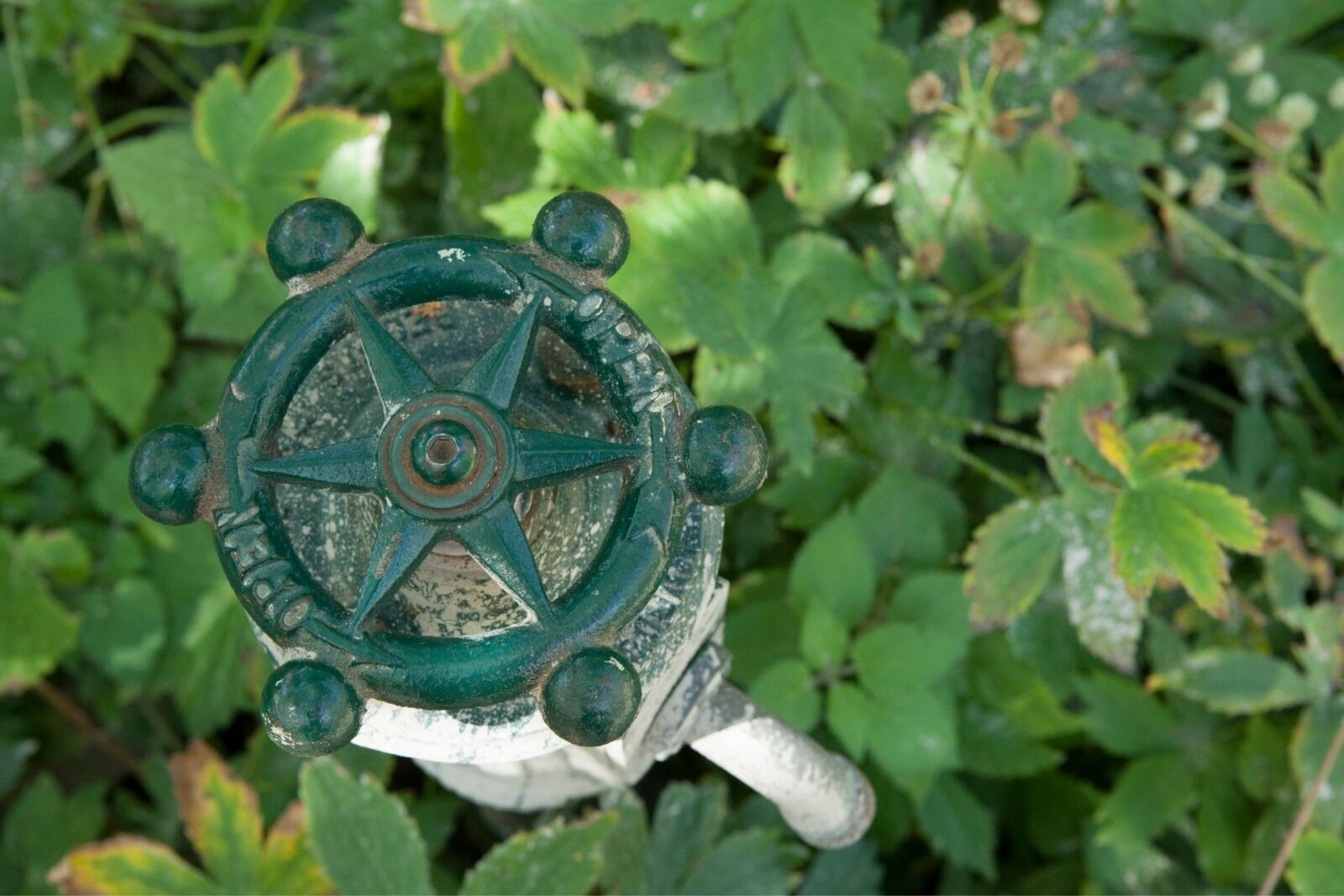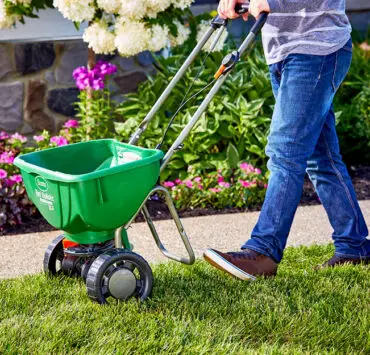A frozen spigot is not only an unusable spigot, it’s also an indication of potential problems with the rest of your outdoor plumbing. If you’ve got a frozen spigot, you’re likely dealing with frozen piping as well. Fortunately, there are simple yet effective measures you can take on how to prevent outdoor water spigots from freezing. Here’s what you must need to know to avoid plumbing issues during winter.
[ez-toc]Disconnect And Drain The Garden Hose
The main thing to keep in mind when it comes to outdoor plumbing during winter is you don’t want water to expand. Water or freeze damage is a headache best avoided. Do this by firstly disconnecting all your garden hoses from outdoor spigots. Drain the hoses completely. This will protect them from water damage as well. Once drained, coil them and store in a dry space.
Turn Off The Main Shut-Off Valve
Turn off the main valve that leads water to your outdoor spigot. This will stop water from filling up your outdoor piping. You don’t want this as any unused water left sitting in outdoor pipes can freeze and cause your pipes to burst. If you don’t have a shut-off valve for your outdoor spigot, take time to install one. It’s a preventative measure that makes winterizing your outdoor plumbing easier.
Drain The Spigot
Like with your hose, drain all your outdoor spigots after the main valve has been shut off. This ensures that your pipes are free from water and lowers the chances of water damage.
Check For Leaks
Now that the water supply is blocked off and your pipes are drained, check for leaks you may not be aware of. You can leave a bucket under your closed spigots and check back a few hours after if any water has pooled after draining and turning off the spigot.
If you find leaks, call a professional to inspect where the leak is coming from. The common culprit is your shut-off valve is faulty and needs adjusting or replacing.
Insulate Your Spigot
Once you’ve made your rounds and you know your spigots are functioning well, insulate them. While a spigot insulator isn’t inherently warm, it covers your spigot well enough to prevent freezing. A spigot insulator is a foam cover that works by trapping heat radiating from inside your house. Make sure that the cover fits properly and securely in place. This foam cover should protect your spigot and keep it working into spring.
Best Spigot Insulators To Get Your Hands on
Hometopia Outdoor Faucet Cover for Winter

Frost King FC1 Outdoor Foam Faucet Cover

Perfami Pro 4 Large Outdoor Faucet Covers

ArtiGifts Pro Outdoor Faucet Cover

Insulate Exposed Pipes
Like your outdoor spigot, you’d be remiss to not winterize the rest of your outdoor plumbing. Exposed pipes such as your water supply lines need to be insulated for the winter as well. Locate the pipes and insulate them with either self-sealing insulating tubes, insulation wrap or insulation tape.
When in doubt, you can consult with a plumber or the manufacturer of your pipes for what would be the best material for winterizing.
Best Pipe Insulators To Prevent Frozen Spigots
RADIANT SOLUTIONS Intelligent Heat Tape for Water Pipe Freeze Protection

Foam King Pipe Insulation

Pamase Pipe Insulation Tape Roll

VIVOSUN Insulated Spiral Pipe Wrap Insulation Bubble Film

Pipe Warmers The Original Colored Pipe Insulation Tape

What To Do If Your Spigot Has Frozen
For whatever reason you were too late to winterize your spigot and it has frozen over, you can try this simple remedy. Wrap a warm, not hot, towel around the spigot. The idea is to melt down the frost. Inspect your spigot for any water damage and test the mechanism to see if it still works. If there’s no damage, proceed to insulate your spigot.
If you can’t unfreeze your spigot, it’s best to call a plumber to fix the issue. Having a plumber assess your spigot and check what other outdoor plumbing has frozen is the best step to take. A plumber can remedy any water damage issues before they get out of hand.
Consider A Frost-Proof Spigot
For the busy and lazy homeowner alike, make life easier and install a frost-proof spigot. A frost-proof spigot removes the annual task of winterizing your outdoor spigots. At most, all you’ll need to do is turn off the main valve if you don’t intend to use the faucet. With that said, a freeze proof spigot is designed to work all year round, so it’s worth considering.
You can pay $35 to $200 for a frost free spigot and an additional $150 to $500 for a professional plumber to install it.
How A Frost-Proof Spigot Works
Frost-proof faucets work by being controlled by a long rod. This rod is connected inside your home where a cartridge compression valve controls the water flow. Because the valve and rod are located indoors, it isn’t subject to freezing temperatures. The spigot itself is self-draining making it virtually impossible to get water damaged.
If you’re confident with your DIY plumbing skills, you can install a frost-proof spigot yourself. Not only will doing the installation yourself save your hundreds of dollars in plumbing fees, you also spare yourself the annual task of winterizing spigots.
Why You Should Look Into How To Prevent Outdoor Water Spigots From Freezing
A frozen water spigot isn’t just a small broken piece of plumbing in your property. If left unchecked, you risk dealing with the issue of ruptured pipes which can quickly turn into a flood within your home. Needless to say, you’re left with no running water and subject your home to water damage during the cold season.
When looking for how to prevent outdoor water spigots from freezing, a proactive approach is best. Water expands as it freezes so it’s imperative to drain and insulate your spigots accordingly. This will protect them from the cold and water damage. The best way to winterize your outdoor pipes and spigots is to ensure that there’s no water within your plumbing. The looming issue of water damage from ice is a nuisance to deal with come springtime and is best prevented to begin with.








